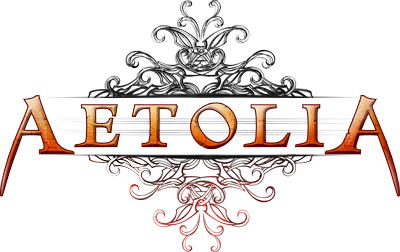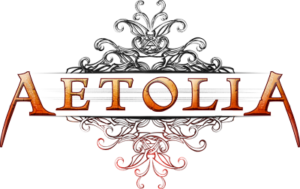9.6.2 Cooking
Cooking is both a utilitarian skill and an art form. While the mess cook prepares pot after pot of nutritious sludge for armies, a master chef may use many of the same skills to craft delicate works of culinary delight. Both are sought after in different circles, and in times of need one may endeavor to substitute for the other.
To become a professional chef, you must be trained by the craft guild of a major city. Go to the craft guild office and BUY COOKING PERMIT. The craft guild assesses a fee of 100 credits for the permit, which does not expire. Once a licensed chef, you will have basic ability in the Cooking miniskill. The more you train in this skill, the higher quality your products will be.
Fundamentally, cooking is a simple process. It is the application of heat to ingredients, making an edible product. To cook any dish, four fundamental things are required:
- a recipe (your design)
- a cooking vessel (e.g. a frying pan or pot, which are made through forging)
- a heat source
- the ingredients specified by the recipe.
Once you have the ingredients, your vessel and have located a heat source (such as an oven or even a campfire), simply COOK <recipe> IN <vessel> OVER <heat source>. Assuming the proper ingredients were present, the completed food should
then be found inside the vessel.
It should be noted that the choice of a cooking vessel and heat source is not strictly necessary, but will greatly improve the quality of your cooking!
Once you have gained Expert skill in Cooking, you will gain the coveted ability to design recipes of your own. This process is a bit more involved:
1) Purchase a blank cooking design sketch from a craft guild office.
2) Acquire a recipe of the same type as the item you wish to design
(cake, pie, etc.), then DESIGN <sketch> COPY <recipe>. This will
make a copy of the existing recipe on your blank sketch.
3a) Customize your sketch's appearance when held, when viewed in a room,
and when examined closely:
DESIGN <sketch> APPEARANCE <description>,
DESIGN <sketch> DROPPED <description>,
DESIGN <sketch> EXAMINED <description>.
DESIGN <sketch> EXAMINED EDIT.
DESIGN <sketch> EATEN 1P <description>.
DESIGN <sketch> EATEN 3P <description>.
DESIGN <sketch> TASTE <description>.
DESIGN <sketch> SMELL <description>.
Feasts have a few extras on top of this:
DESIGN <sketch> SERVING APPEARANCE <description>.
DESIGN <sketch> SERVING DROPPED <description>.
DESIGN <sketch> SERVING EXAMINED <description>.
DESIGN <sketch> SERVING SMELL <description>.
DESIGN <sketch> SERVING TASTE <description>.
DESIGN <sketch> SERVING 1P <description>.
DESIGN <sketch> SERVING 3P <description>.
Feasts may be interacted with by using GET SERVING FROM <feast>.
Truffles have a few extras on top of this:
DESIGN <sketch> FILLING SHORT <description>.
DESIGN <sketch> FILLING 1P <description>.
DESIGN <sketch> FILLING 3P <description>.
When designing eaten messages, you must use certain conventions to establish where the eater's name fits into the message.
$(name$) = Eater's name
$(him$) = Him/her
$(his$) = His/her
$(he$) = He/she
If the tag takes place at the beginning of a sentence, you'll need to add a + between the first dollar sign and its parenthesis, as seen in the example below:
Example: $+(name$) digs into a bowl of stew. Before long, $(he$) leaves the bowl empty, having eaten it all.
3b) Optionally, you may further customise the requirements of your
recipe sketch:
DESIGN <sketch> TOOL <cooking vessel>
DESIGN <sketch> HEATSOURCE <heat source in the room>
DESIGN <sketch> ADD <ingredient>
If you do opt to require a specific type of tool or heat source, it will improve the quality of the finished product so long as those tools are used by the cook preparing it.
4) Take your design sketch to a craft guild office and DESIGN <sketch>
SUBMIT it for evaluation. The craft guild will review your sketch
and make a recipe from it if the design is approved.
5) When the recipe is finished, you will be notified by letter that
your recipe is ready to pick up. Return to the craft guild office
and DESIGN REQUEST <recipe>, using the recipe number specified
in the letter from the craft guild. The craft guild charges a fee
for the creation of the recipe.
Use DESIGN LIST to list all of the unsubmitted sketches you are holding.
